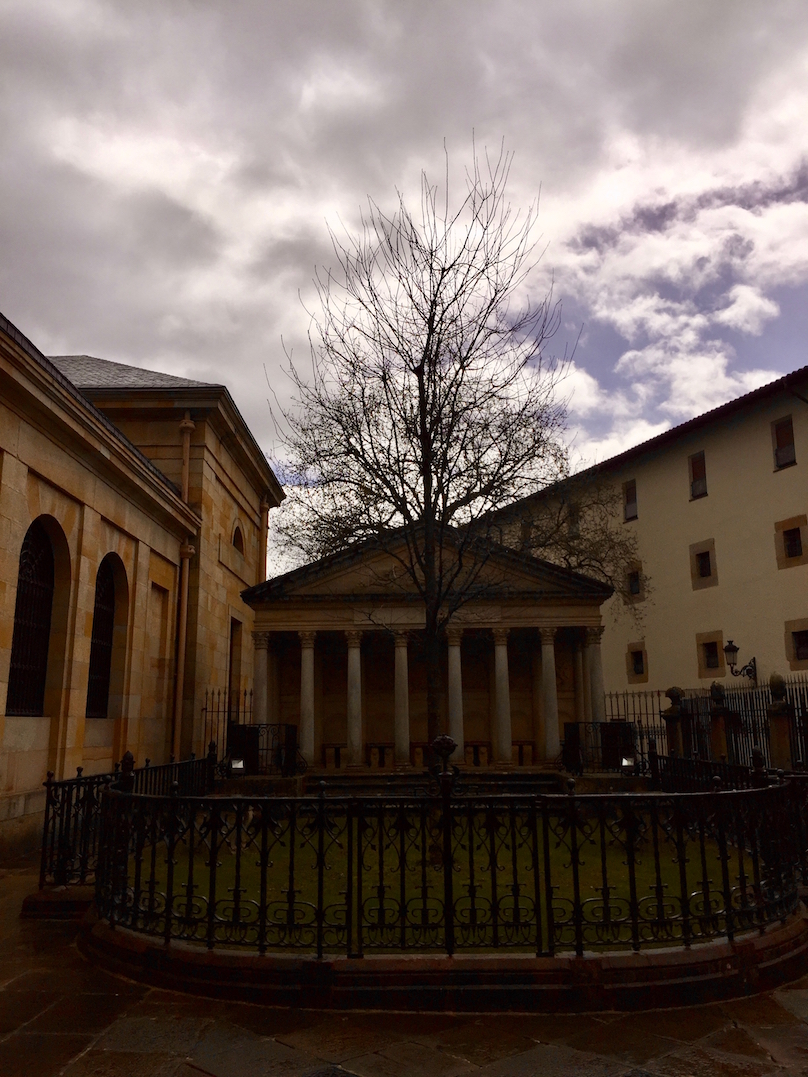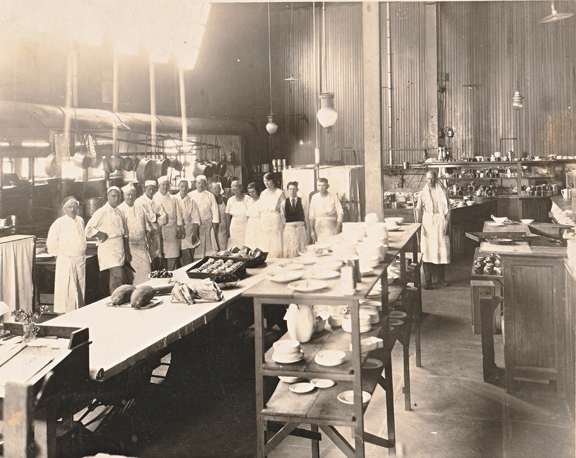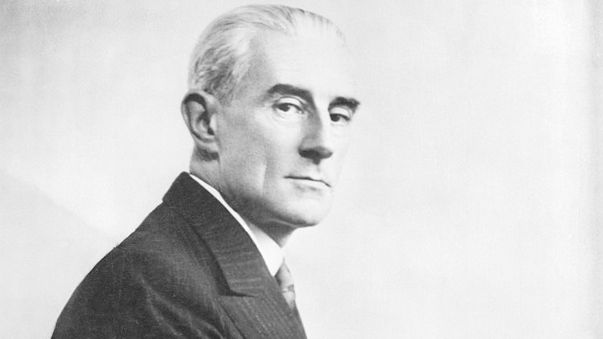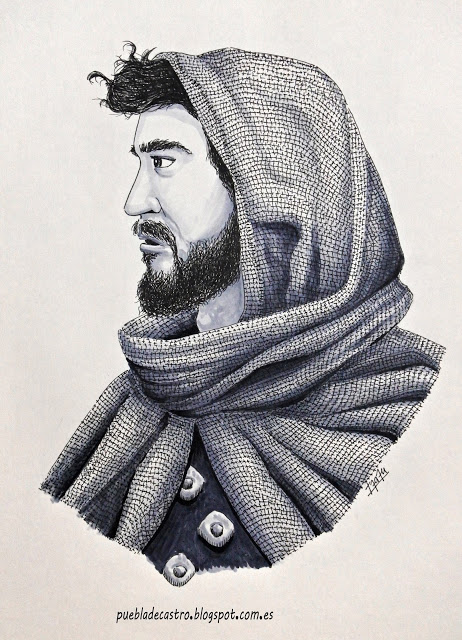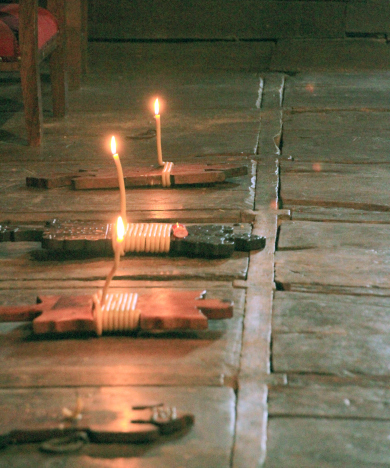The Tree of Gernika is one of the most iconic symbols of the Basque Country, featuring prominently on the coats-of-arms of the province of Bizkaia and thus of Euskal Herria. The fueros of Bizkaia specifically call out the tree as the place where people came to meet and any Bizkaian captured for any crime had to be brought before the tree. The Lords of Bizkaia, as well as the later Kings of Castile, swore their respect to Basque laws under the tree, up until 1839 when the infant Queen Isabella II and her mother the regent Maria Christina were the last. Today, the President — the Lehendakari — of the Basque Autonomous Community takes his or her oath of office under the tree.

- The Oak of Gernika is not the only such sacred tree in Bizkaia. There are many others, including those of Aretxabalagana, Abellaneda, Gerediaga, and Luyando. The tree in Gernika represented all of Bizkaia, except Encartaciones and Duranguesado, which met under the trees of Abellaneda and Gerediaga, respectively, until Bizkaia was united into one province in the 1600s.
- The first, “father,” tree was planted in the 14th century and lived for about 450 years. The current tree, which is the fifth, was planted in 2015. The third tree, planted in 1860, survived the Nazi bombing of Gernika, but later succumbed to a fungus and was replaced in 2004.
- The tree is such a powerful symbol of Basque liberty that it has become the object of numerous songs and poems, both within and without Euskal Herria. Perhaps the most famous song is Gernikako Arbol by Jose Maria Iparragirre:
The Tree of Guernica
is blessed
among the Basques;
absolutely loved.
Give and deliver
the fruit unto the world.
We adore you,
holy tree.
- The line “Eman ta zabaltzazu” — “Give and deliver” — is the motto of the University of the Basque Country.
- The famous English poet William Wordsworth evoked the tree in a 1810 sonnet he wrote, entitled The Oak of Guernica, trying to galvanize the Basques against the forces of Napoleon:
Oak of Guernica! Tree of holier power
Than that which in Dodona did enshrine
(So faith too fondly deemed) a voice divine
Heard from the depths of its aerial bower-
How canst thou flourish at this blighting hour?
What hope, what joy can sunshine bring to thee,
Or the soft breezes from the Atlantic sea,
The dews of morn, or April’s tender shower?
Stroke merciful and welcome would that be
Which should extend thy branches on the ground,
If never more within their shady round
Those lofty-minded Lawgivers shall meet,
Peasant and lord, in their appointed seat,
Guardians of Biscay’s ancient liberty.

